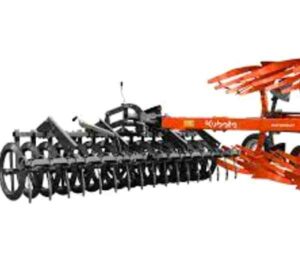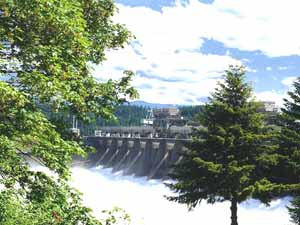Do you want to explore the evolution of agricultural education? If yes, you are in the right place. Here we are going to discuss more about this topic, and we hope you will find this guide helpful. Actually, still today not many people take agriculture as a serious field of study but the growing demand for food and other agri products at a global scale has changed the notion. The field has evolved and is growing rapidly.
In the 1800s many students lived on farms and agriculture was part of their daily lives. Sons would take farms over from their fathers who taught them the practical skills they needed to run them. With advances in technology, agricultural education is very different today.
Today students need a college or university education if they want a career in agriculture. They need an academic education and experience to prepare them. A new generation of farmers requires different knowledge than ever before.
The Government Gets Involved
It was after the Morrill Act of 1862, that the government gave public land to the states. This was to encourage agricultural education. The forming of land-grant universities created opportunities for thousands of working people and farmers.
Those who could never benefit from higher education before now had access to it. In 1981 the Department of Agriculture started to oversee national agricultural education. Help was given to states to organize agricultural education programs.
Land-Grant Universities
The function of a land-grant university is to teach, do research and offer extension programs. A bachelor’s degree in agricultural education is necessary for teaching agriculture up to the high school level. Students must complete agricultural classes and education classes. They need a master’s degree to teach at the college level.
Agricultural students may find it difficult to keep up with academics and put what they learn into practice. They can get help from Canadian EduBirdie, an essay service. With this service, they can hire a professional writer to write a research paper for them. Students can give instructions to the writer to follow. They can also make revisions until they are happy with the end result.
They will receive a well-researched, plagiarism-free paper to submit on time. Each land-grant university has an experiment station consisting of experimental farms and laboratories. Here students can help to solve some of the problems local farmers experience and develop improved farming methods.
The Cooperative Extension System distributes information from the land-grant universities. It goes to people who depend on the knowledge for their livelihood. Agents and volunteers carry out extension programs that include meetings, lessons, workshops, visits, newsletters, etc.
What is an Agricultural Education?
Today agricultural education includes the analysis of agriculture, natural resources, and related subjects. The curriculum may include subjects such as:

- Horticulture
- Crop production
- Animal husbandry
- Agricultural science
- Farm management
- Agricultural engineering
The agricultural programs at universities are very research-driven. The industry changes all the time and this is why new courses are constantly being introduced.
Agricultural education programs usually include academics and practical experience. By mixing academic learning and experience, students develop critical thinking and problem-solving skills.
There are some schools today that offer bachelor’s degrees in Diversified Agriculture. Two of these are ABAC in Georgia and Warner University in Lake Florida. The educators at these universities work with growers to evolve the programs. They prepare students for future employment in areas like production agriculture.

Why is Agricultural Education Important?
Here are some key points about why agricultural education is important:
- It creates sustainability by helping to reduce the divide between farm and table. Students learn all about food from production to eating it. This gives them more insight into food security and sustainability.
- Students can learn from teachers more about the nutritional value of foods. This can help them to make more informed decisions about the products they buy and eat.
- The agricultural industry contributes billions to the economy. Teaching students effective agricultural practices can broaden its positive impact on the economy.
- Students interested in careers in farming, veterinary science, and related fields can learn what they need to know. More students are going for careers in agriculture than before.
- The fact that the U.S. has such a diverse agricultural system means there is self-sufficiency. Most of the food is grown in the U.S. and roughly 15% comes from imports. This helps to keep food prices in check.
- Students can apply their knowledge from other studies in agriculture. They can use biology, physics, math, and chemistry when they learn about topics such as crop planting and harvesting. They can use their knowledge of ecology and
geology when studying how plants thrive in different climates. - Agricultural programs teach students about issues that affect agriculture on a global basis. They may choose careers that help to address these issues, such as dealing with diseases or developing new crop varieties.





